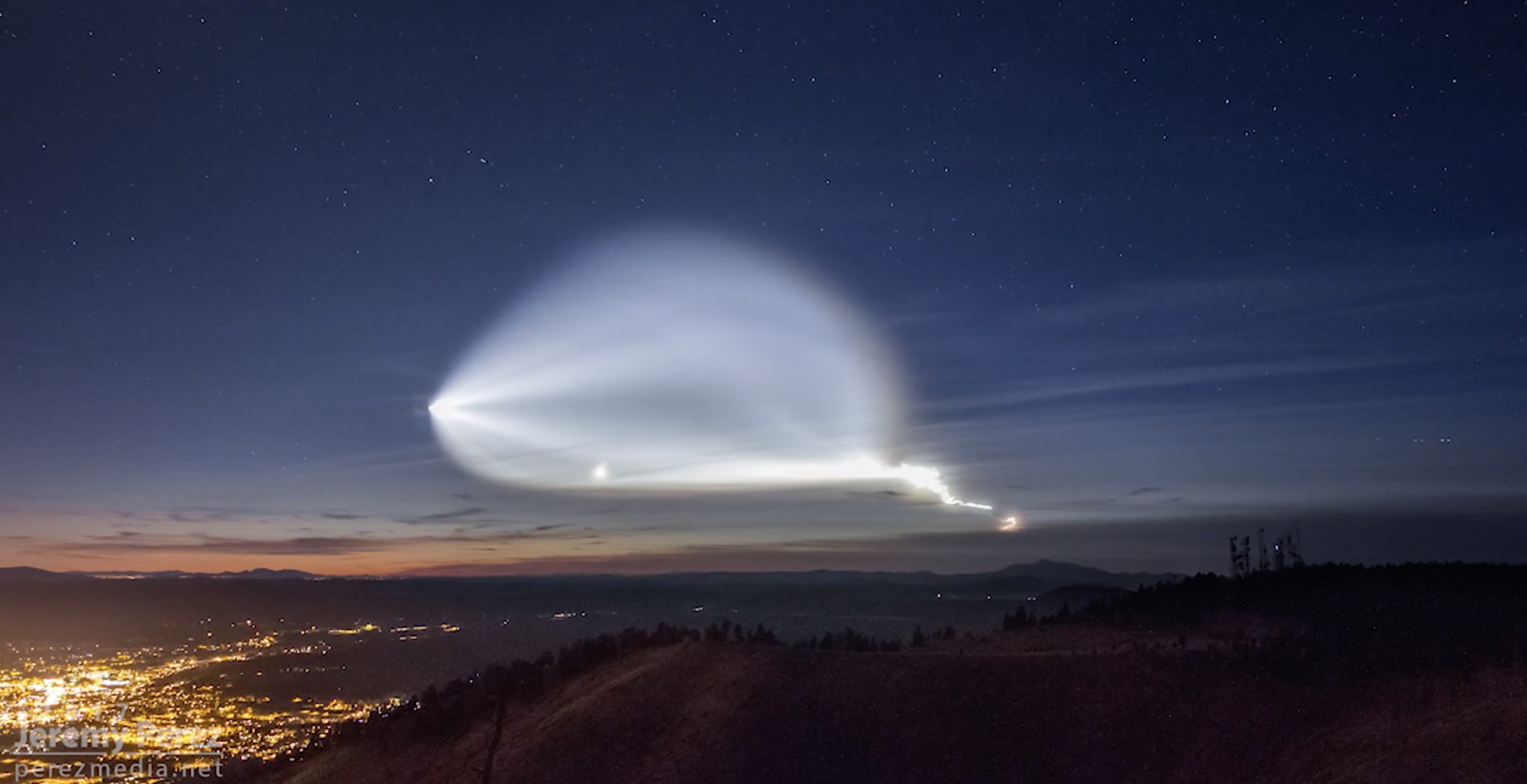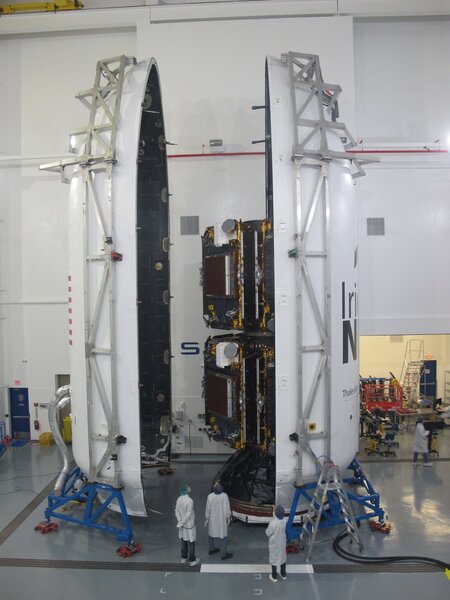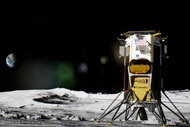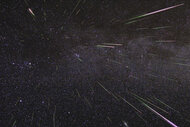Create a free profile to get unlimited access to exclusive videos, sweepstakes, and more!
It's a bird! It's a UFO! It's … a Falcon 9 rocket!

Last Friday (December 22, 2017), residents of southern California saw an extremely strange phenomenon displayed across their sky: a bright object, moving rapidly, leaving behind a vast teardrop-shaped plume that expanded until it swelled to huge proportions. Bright lights blipped behind it, leaving wispy vapors that expanded and disappeared.
Twitter and other social media lit up. What was this bizarre sight witnessed by thousands of people? A UFO?
Nope. It was an IFO, because we know what it was: a SpaceX Falcon 9 rocket, launched from Vandenberg Air Force Base not far to the west-northwest of Los Angeles. The pictures and videos of the launch posted online are absolutely spectacular, and one of the best I saw was from amateur astronomer and photographer Jeremy Perez, who created a wonderful time-lapse of the event:
Whoa.
Perez heard about the launch and set up his equipment on Mount Elden, just north of Flagstaff, Arizona. Even though he was 800 kilometers to the east, the rising rocket quickly became visible from his location. In the time-lapse it happens rapidly, but you can see the plume of the first stage booster, then the second stage takes over as the first stage drops away. This launch happened during twilight in California, so the rocket ascended into sunlight, lighting up the exhaust plume*.
The second stage exhaust looks so otherworldly because the rocket was up high enough that there is very little atmosphere, so the exhaust isn't constrained into a tight plume by air pressure as it was for the first stage. It expands horizontally, creating that ethereal teardrop shape. You can also see the first stage booster performing a series of maneuvers as well to drop it into the Pacific Ocean, the exhaust creating a series of arcing rings underneath it.
SpaceX did not recover the first stage booster this time, but here's a fun fact: This launch put 10 Iridium NEXT satellites into space, and the first stage booster was previously flown on an earlier Iridium launch! This makes the company the first to reuse the same booster, an interesting milestone.
Iridium NEXT are communication satellites that are in polar orbits, moving mostly north-south instead of east-west (for the space tech nerds, they’re on 86° low-Earth orbits). These are designed to replace the original Iridium fleet of satellites that were launched in the 1990s, with a total of 66 satellites planned.
Because the launch was just after sunset, a lot of people were out and about in L.A., and right after launch there was a flood of photos and videos on social media, mostly asking what the heck they were seeing. It's interesting to me that even now, when we are all so connected to information, a rocket launch is still something that people may not recognize. I attribute that to them being somewhat rare (most SpaceX launches are from Florida, for example, though many other rockets launch from Vandenberg) and people not spending enough time looking up.
I'm not denigrating them! Especially folks in Los Angeles; looking up at the night sky from a huge, brightly lit city is probably not something that usually yields a lot of interesting sights (though I bet I could name a dozen or so that would make it worth an occasional glance or two above the horizon). I think it's just that today, looking up at night is not something most people do.
And a rocket launch like this is surpassingly strange (even Elon Musk joked it was a UFO). I'm not surprised at all that a lot of people freaked out a bit when they saw it unexpectedly lighting up their sky.
But here’s another fun fact: This was the 18th Falcon 9 launch this year, a record number of orbital launches for SpaceX, or for any commercial space company. That’s an amazing cadence, and in 2018 they’ll hopefully be adding a Falcon Heavy launch to the list. And the payload on that one … well.
I'll note that five of those Falcon 9 flights in 2018 will be Iridium launches from Vandenberg. This one may have taken southern California by surprise, but they'll have plenty of chances to get accustomed to them … at least, as much as you can be by huge rockets flinging car-sized satellites into space a half-dozen or more at a time.
With SpaceX doing this more, and other companies like Blue Origin not far behind, this sight will become common. Perhaps even routine.
But I hope we never lose the wonder of this sort of event. We send things into space! That will never not be cool.
*If you're wondering, the bright-ish star in the center of the frame is Lambda Aquilae, and the one below it is Iota Aquilae. I was curious about the stars in the video and the direction Perez shot it, so I spent a few minutes with Sky Safari to figure it out. That was fun.














